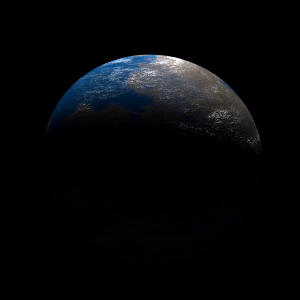|
|
Space Astro
|
Info for exoplanet "Wuzyou Jwen-t"
| Scientific (actual) data |
|---|
| Name | Kepler-1386 b |
| Planet status | Confirmed |
| Radius | 0.111 |
| Orbital period | 6.73972 |
| Discovered | 2016 |
| Updated | 2021-02-05 |
| Tconj | 2454970 |
| Publication | Announced on a website |
| Detection type | Primary Transit |
| Alternate names | 2MASS J18431761+4238097 b, K02920.01, KIC 7090524 b, KOI-2920 b, KOI-2920.01, WISE J184317.60+423809.7 b |
| Star name | Kepler-1386 |
| Right ascension | 280.82° |
| Declination | 42.64° |
| Mag j | 13.211 |
| Mag h | 12.919 |
| Mag k | 12.87 |
| Star distance | 838 |
| Star metallicity | 0.11 |
| Star mass | 1.02 |
| Star radius | 1.03 |
| Star age | 5.01 |
| Star temperature | 5733 |
| Star alternate names | 2MASS J18431761+4238097, KIC 7090524, KOI-2920, WISE J184317.60+423809.7 |
| Wikipedia article | Kepler-1386 b |
Back
| |
| Fictional info (?) |
|---|
| Suggested name | Wuzyou Jwen-t |
| Planet type | Cold planet |
| The two polar ice caps appear to be made largely of rock. |
| Atmosphere | Hydrogen peroxide | 47% |
| Hydrogen | 34% |
| Molecular hydrogen | 17% |
| Hydrogen deuteride (HD) | 0.39% |
| Atmospheric pressure | 0.14 bar |
 |
| No known satellites |
| Google search for Wuzyou jwen-t |
|
Website by Joachim Michaelis
|
|
|
|